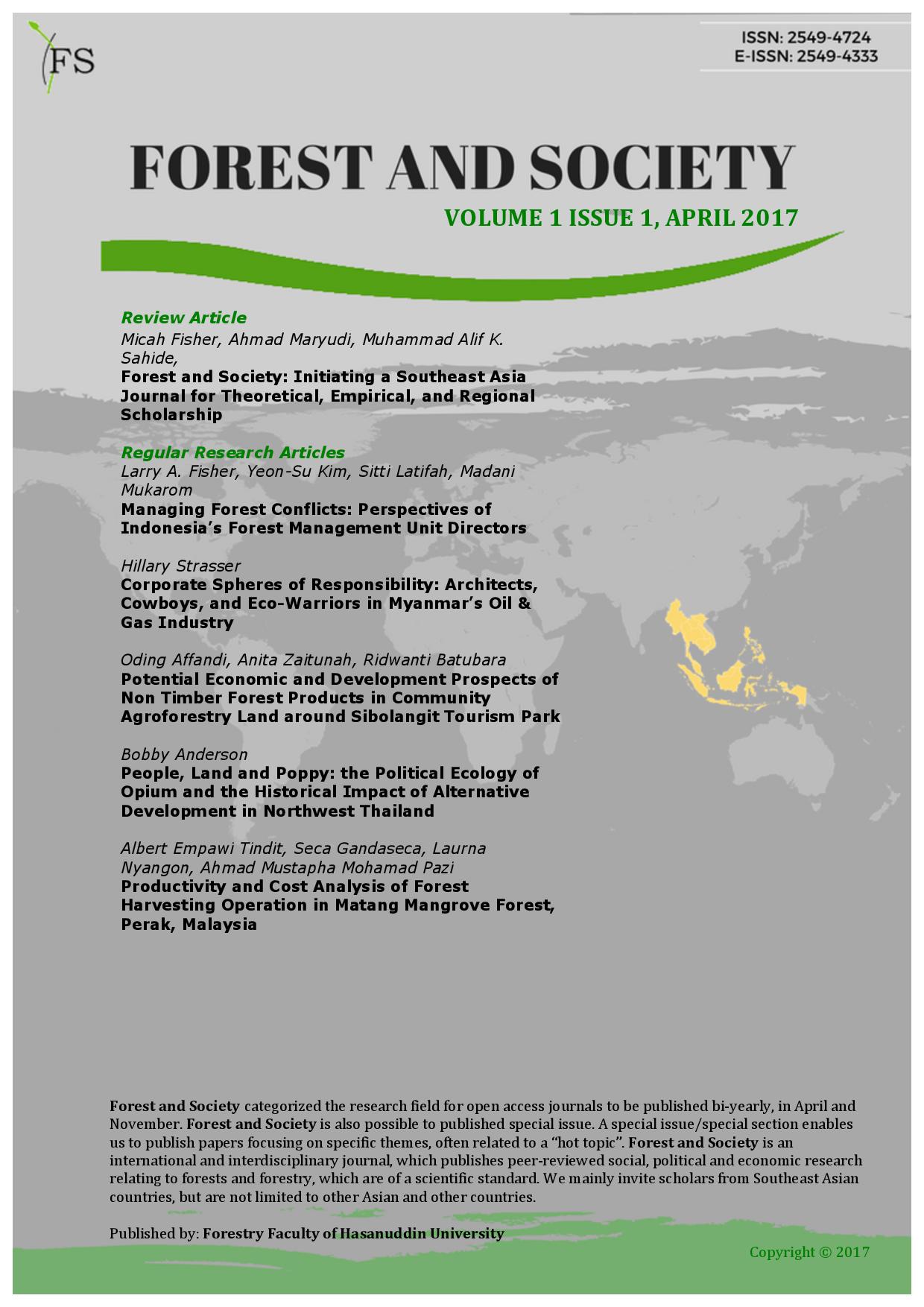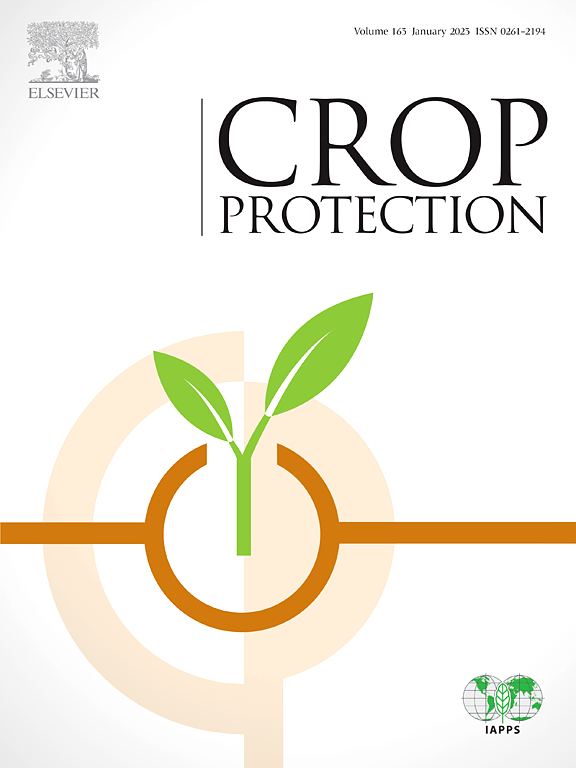In Central Africa, important carbon stocks are stored in natural forest stands, while activities that modify the carbon storage occur in the forest landscape. Besides clean development mechanisms, the reduction of emission through deforestation and degradation (REDD) initiative is viewed as one way to mitigate climate change. Important forest habitat protection activities have already been implemented with the aim of conserving the biodiversity of the region in a sustainable manner. The main causes of land use changes in the region are small holder subsistence practices and logging activities. Agricultural production has low productivity levels and therefore investments in improved agricultural techniques can both reduce pressure on existing forests and perhaps allow for the reforestation of existing degraded lands. The logging industry is dominated by large, industrial scale, logging operations performing selective logging of specific species and large trees. The adoption of improved forest management practices can reduce the impact of such logging on the ecological integrity and carbon stocks. Some efforts to engage in the carbon market have begun in the region. Further research is needed into the types of projects that will most likely become successful in the region and what locations will offer the greatest benefits.
DOI:
https://doi.org/10.1007/s11625-010-0119-8
Altmetric score:
Dimensions Citation Count:

Publication year
2010
Authors
Sonwa, D.J.; Walker, S.; Nasi, R.; Kanninen, M.
Language
English
Keywords
climate change, mitigation, land use change, land use, carbon, deforestation, agriculture, biodiversity, conservation























